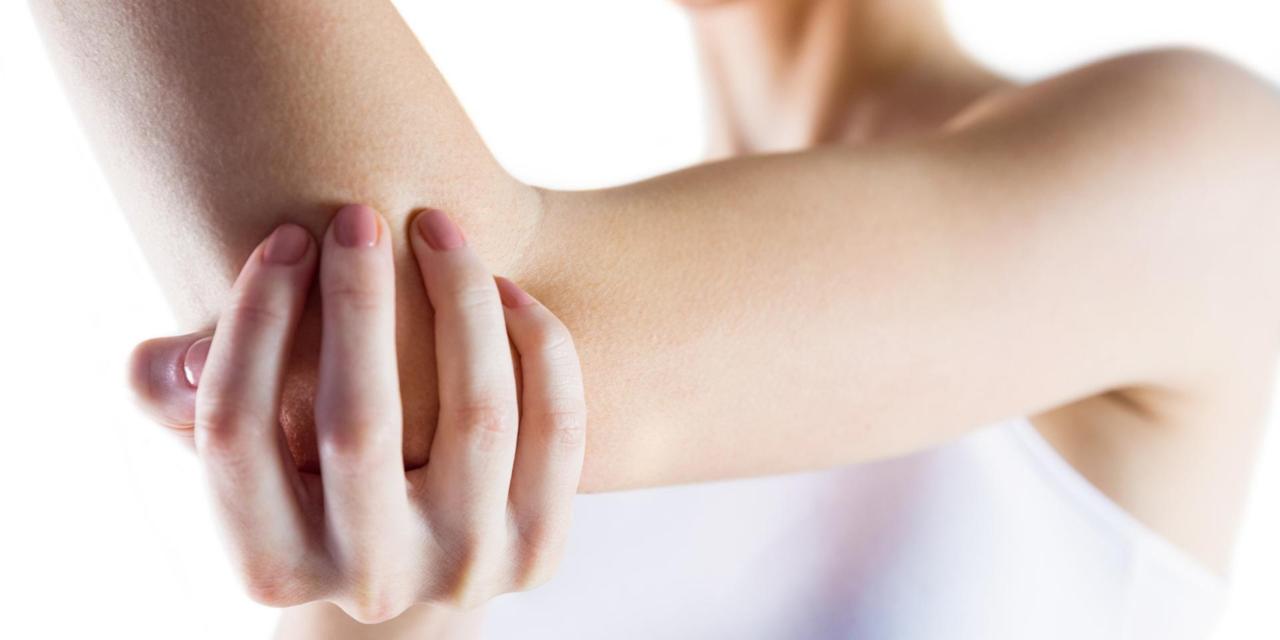Health
What do you know about your funny bones?
What Is The Funny Bone?
The funny bone is not a bone, funny bone is actually an ulnar nerve, a nerve which runs from the neck all the way to the hand, where it supply several muscles in the hand and forearm and ends in two branches which innervate the pinkie and half of the ring finger.

The nerve is mostly unprotected where it lays in a groove between the humerus bones and ulna. It comes out of muscle, rests right on bone, then goes back underneath muscle.
The ulnar nerve supplies the pinkie and ring fingers with nerve fibers sensation and muscle function. When you hit your funny bone, you will feel tingling in these two fingers.
Testing The Funny Bone

Hand surgeons and orthopedic specialists test that ulnar nerve for problems by tapping on the nerve. If you have any tingling when tapping on your funny bone, it is a signal of nerve sensitivity. This may come and go, and is not necessarily an alarming thing. When you spread your fingers apart you are testing the ulnar nerve!
Cubital Tunnel Syndrome And A Pinched Nerve Problem
As the ulnar nerve passes from the back side of your arm into the forearm, it takes a sharp turn around the humerus bone. It is covered by a strong layer of tissue called fascia.
When you bend or flex your elbow, this increases pressure on the ulnar nerve, which can cause a tingling sensation and numbness in the hand or forearm. Straightening the elbow usually relieves it.
Persistent numbness is not a good sign, and sometimes a surgery is to be done and necessary to relieve the pressure on the nerve and restore the hand function and also sensation. Read more about cubital tunnel syndrome.
If You Hit Your Funny Bone Harder Than Usual

If you hit your funny bone especially hard, it can cause a enough bruising and swelling to compress and pinch the nerve. If the numbness lasts more than a few days, see a hand or meet the orthopedic doctor.
Usually treatment of a nerve involves in keeping a close eye on your hand function and not ignoring your symptoms. This kind of nerve injury usually recovers on its own but splinting and therapy may help it.
The Not So Funny Bone

The nerves branch out from the spine to other body parts like hundreds of tree branches. The small branches are in the pinkie fingertip those nerve fibers have come from a larger trunk of an ulnar nerve.
Even though hitting your funny bone is not a joking matter, at least next time you will appreciate its purpose and function a little more.
Why It Hurts
For most of its length, an ulnar nerve is protected, like rest of the body’s nerves, by bones, muscles and/or ligaments. As the nerve passes the elbow, though, it runs through a channel that is called the cubital tunnel, and here it’s protected only by skin and fat, making it vulnerable to bumps. When you hit your funny bone, you are actually hitting the nerve against bone and compressing it. The result is a happy cocktail of numbness, tingling and pain that shoots through the areas where the nerve does its work: down the forearm and hand and into the ring and pinky fingers.
Playing The Name Game
There are two camps that how an ulnar nerve got be known as the funny bone. One side says that it is an anatomical pun, because the nerve runs along the humerus, that sounds like “humorous.” The other side claims that the nerve got its nickname because of the funny feeling that you experience after you hit it.
Things Could Be Typical
When you hit your funny bone, it seems like the worst thing in the entire world, but imagines experiencing chronic irritation there, like someone banging to your funny bone day and night. It sounds like a method of torture you would dream up in a revenge fantasy, but it is a very real problem called cubital tunnel syndrome.
Over time, progressive irritation of the nerve causes the numbness to settle in and stay. This condition can usually be helped with elbow splinting and the correction of hand therapy or, in extreme cases, aggravating postures, surgery which provides more space for the nerve and reduces the amount of pressure on it. The “funny bone” is neither funny, nor a bone.



